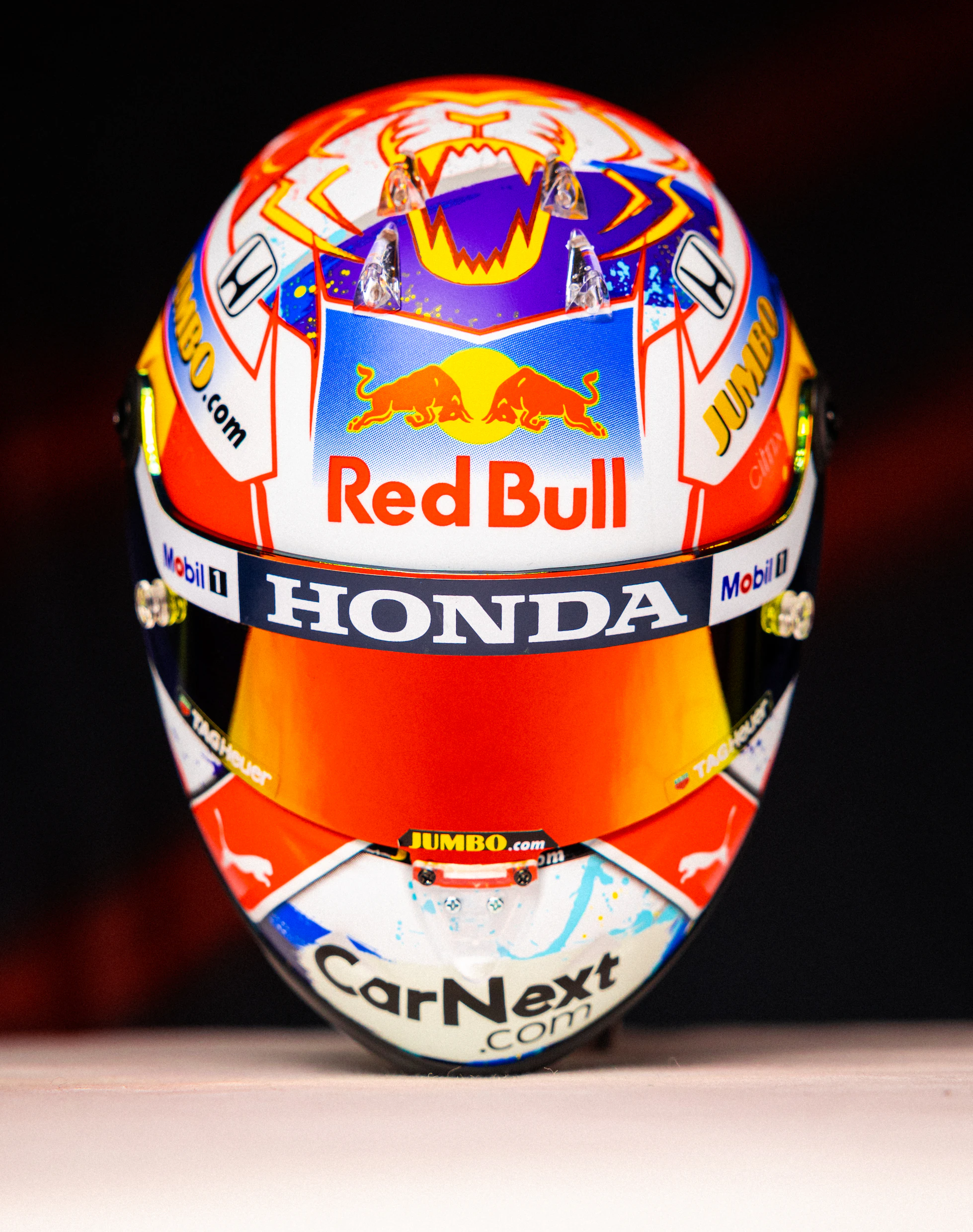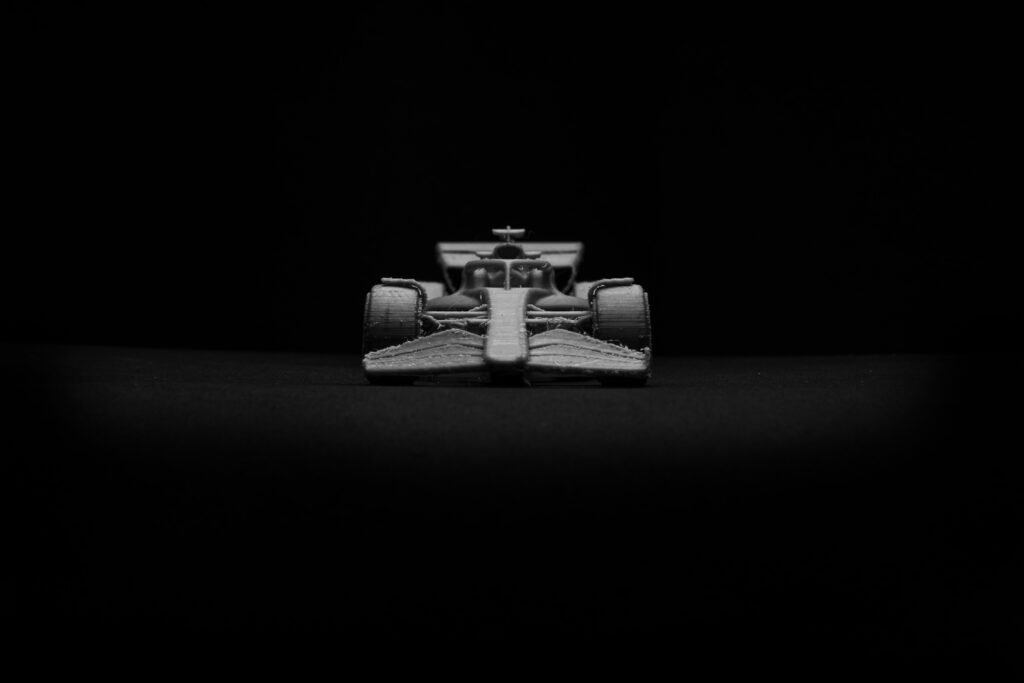Red Bull Racing and Max Verstappen had clinched both titles in the previous two Grands Prix, showing their incredible dominance on the Formula 1 circuit. However, the Grand Prix in the United States unveiled a different narrative, one where Red Bull had to work hard to maintain their edge. This weekend, Mercedes and McLaren closed in on the leading team, with unexpected disqualifications for Lewis Hamilton and Charles Leclerc. What exactly went wrong? Let’s dive into the details.
Contents
Why Red Bull Lost Some Dominance in America
In 2023, it became almost customary to watch Red Bull’s RB19 dominating the races, thanks to its remarkable tire management. This phenomenon was brilliantly illustrated during Saturday’s sprint race, where Max Verstappen opened up a 9.5-second gap to Hamilton, who was in second place. However, everything changed on Sunday, as cooler temperatures led to reduced tire degradation, allowing the drivers to push harder.
With the extended tire life, Verstappen found it challenging to maintain a significant lead. He confirmed this in a post-race interview, saying, “Throughout the race, I struggled a lot with the brakes. There are quite a few breaking points here. I didn’t have the same feeling as yesterday, which made my race more challenging today. It was very close towards the end, and with the lapped cars, the tires wear out quickly, making it even more challenging.”
Technical Adjustments by Red Bull
Technically, Red Bull decided to raise the car’s ride height after the VT1 session on Friday due to the bumpy nature of the Circuit of the Americas. While the RB19 typically rides as close to the ground as possible to generate maximum ground-effect downforce, the Milton Keynes-based team raised the ride height and used a high-downforce rear wing already seen in Qatar.

This decision made the car less dominant in the fast and flowing first sector but strong in the final sector, resulting in a more balanced performance and a fierce battle for pole position on Friday. Fortunately, the car’s tire management capabilities remained intact, as the world champion went on to win both races. This timely adjustment prevented excessive damage to the plank, as seen with the disqualifications of Mercedes and Ferrari.
Why Hamilton and Leclerc Fell Short of FIA Regulations
Since the Circuit of the Americas became part of the F1 calendar, the unique track layout has presented a challenge. It features a fast first sector, two long straights, and a twisty sector three. However, the track’s notorious bumps mean that ground-effect cars must run at a higher ride height to prevent damage to the underfloor and avoid the porpoising effect.
During practice, teams faced a dilemma: Red Bull and McLaren opted for a slightly higher ride height at the expense of some performance, while Mercedes was confident in the new floor data, and Ferrari also lowered the ride height to gain more Venturi-intake-induced downforce. The effects of these choices were quickly evident, with both teams performing exceptionally well in qualifying. Mercedes and Hamilton even briefly led Verstappen on Sunday.
FIA Regulations and Technical Disqualifications
However, after the race, the FIA reported a “physical floor and plank wear inspection,” which revealed that two of the four analyzed cars (Leclerc, Hamilton, Verstappen, and Norris) had a specific part of their cars “not in compliance with article 3.5.9 e of the technical regulations.” But what does this article entail?
The technical regulation for F1 in 2023 specifies, “The thickness of the plank assembly, measured perpendicular to the lower surface, must be 10 mm ± 0.2 mm and must be uniform in new condition. A minimum thickness of 9 mm is accepted due to wear, and compliance with this provision is checked at the edges of the designated holes.” This implies that the plank of all cars on the grid should not wear down by more than one millimetre per race (a new plank is installed for each race) before facing disqualification. This is precisely what happened to Leclerc and Hamilton in Austin. Their cars had a much lower ride height than the RB19, causing increased plank wear and disqualification.
Conclusion
Ultimately, this weekend was full of excitement and intrigue, not only for the fans but also from a technical perspective. Many teams introduced upgrades, and the issue of plank wear significantly impacted the race results. As we move forward, we hope to witness more thrilling races in the coming weeks and fewer technical issues of this nature. Formula 1 continues to be a sport of innovation and strategy, where every detail matters.
If you also want to learn to race just like in F1, check out this device



